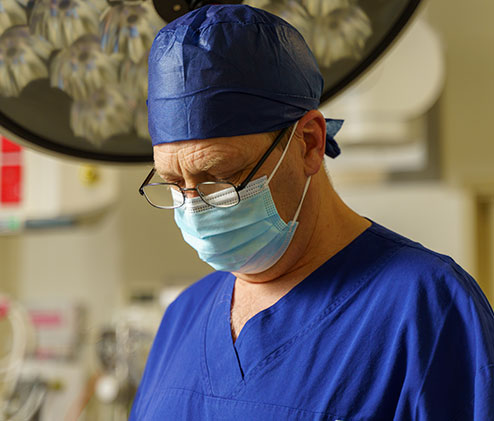

Blog

President’s Blog: Brighter future no longer a remote possibility
Friday December 3, 2021
The pro-disease lobby hasn’t exactly hit a wall but you wouldn’t say they were in pole position right now.
This week a woman crashed into a pole outside the home of Premier Mark McGowan and will appear in court later this month on drink-driving charges.
The Premier claims she was in the pro-disease camp, though police say the incident was not a threat to the safety of him or his family.
Nevertheless, with two men charged over threatening phone calls made to Mr McGowan in recent weeks, it’s all a little close to home.
Despite the vocal brigade who believe their freedom is being impinged by border restrictions and really anything that stands in the way of the total absence of appropriate pandemic health measures, we have to remind ourselves that things are starting to move in the State.
A mixture of vaccine targets and drives, mandates directed at large cohorts of workers and a government transition plan have brought us ever closer to the lowering of border restrictions and freer travel both within Australia and abroad.
Consider that we’re not that far from achieving a 90 per cent first-jab rate, with figures this week already above 87 per cent. So much for the notion we’re beset by endless hordes of pro-disease agitators.
Now, that clearly doesn’t mean that all those who’ve had the jab believe in the current health settings. Many are wondering the point of being double-jabbed in a state with no COVID-19 and potentially being ready for a booster by the time the place really opens up.
At the end of the day, patience and caution are still vital tools in our armour to keep the community safe. The AMA (WA) is not about keeping anyone ‘locked up’ forever. If anything, the AMA (WA) COVID Emergence Plan was created in the hope that once we do ease restrictions, we get to stay that way for as long as possible without overburdening an already stressed health system.
The recent emergence of the Omicron variant demonstrates why it’s worth exercising caution at every turn. The Federal Government has already had to delay the arrival of skilled migrants and international students and going forward, we will have to wait and see what challenges the variant might create.
In our plan, we’ve emphasised our concern for vulnerable groups, including Aboriginal communities, schools, mental health patients and aged care facilities.
We’re in the process of engaging with Aboriginal communities, using our networks and leveraging relationships. It’s a great opportunity to talk to First Nations people and their doctors.
But we shouldn’t fall into the tired trope of seeing Aboriginal people as a homogenous group. Respect demands a nuanced approach that recognises the regional, cultural and linguistic differences among First Nations Western Australians and the varied responses to the pandemic those differences might engender.
In our discussions with regional doctors, we’ve learnt that many Aboriginal communities have very high vaccination rates – as much as 95 per cent.
Other communities and towns with Aboriginal and non-Aboriginal populations are lagging well behind those figures but healthcare workers are engaging in gentle, opportunistic one-on-one discussions when they can.
You know how most people don’t realise when the jab has actually gone in? Well, all doctors, nurses and healthcare workers can help the roll-out by subtly broaching the topic of vaccination with any patient in any setting. Have they had their vaccination? Do they have a plan to get their vaccination?
Take time to sit with patients, listen to their concerns, answer their questions. We can’t turn around every patient, we can’t always fight the streams of misinformation, much of it promulgated quite convincingly and authoritatively via social media.
But we can still use our varied and nuanced skills as practitioners to help break down the barriers and continue to shift the numbers.

